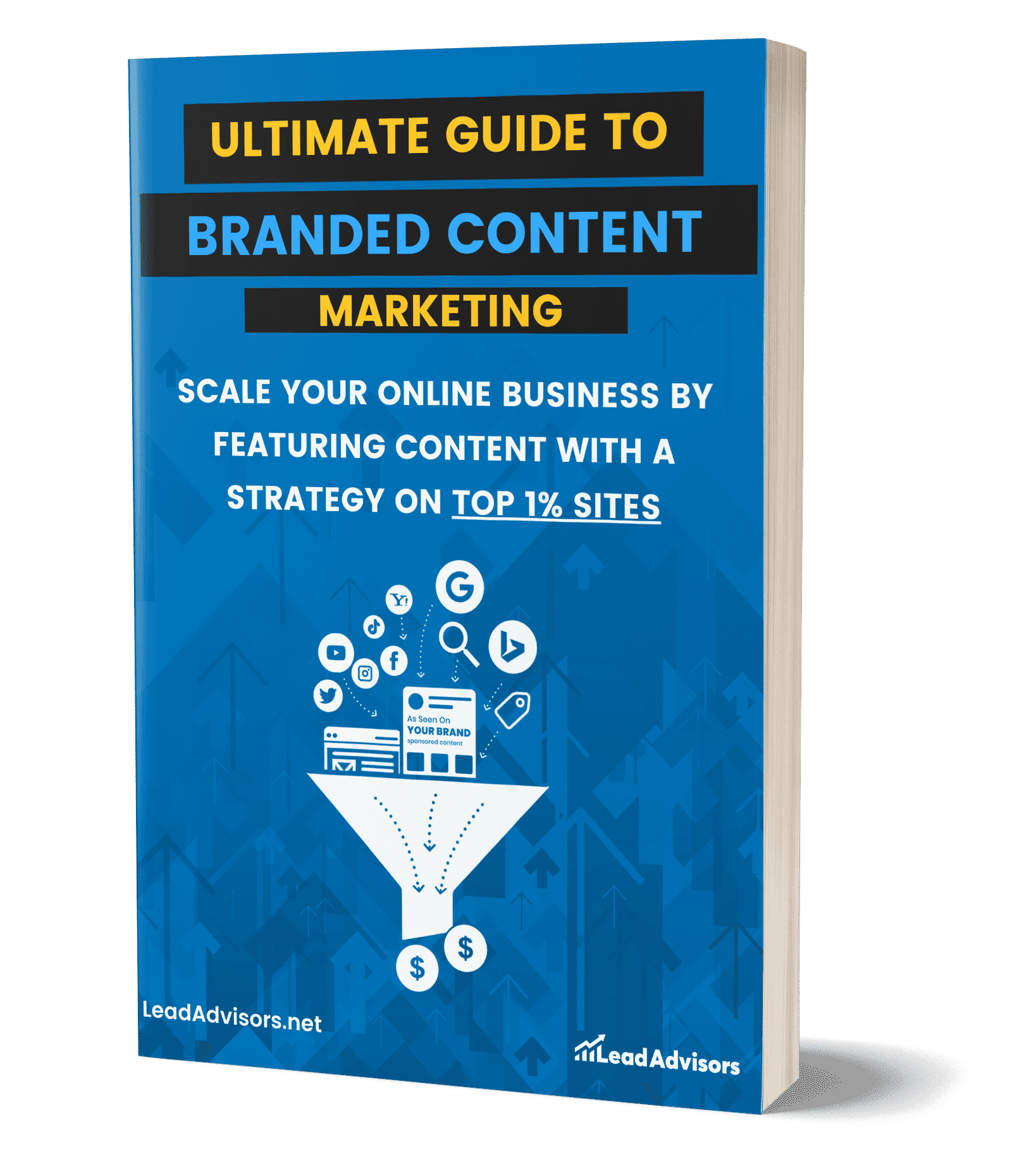Do you think it’s time for your business to have a brand audit to figure out what’s working and what’s simply hanging around? Yeah, I’ve been there, too. It’s honestly one of those things where one day, all the stars are aligned, and the next day, your marketing feels a little out of touch, your social media is dry, and you kind of don’t even know if your ideal client trusts you anymore.
That’s when I discovered the power of a brand audit.
Think of it as a health check-up for your brand. It lets you see what works and what doesn’t, and where the holes are. Whether you’re bootstrapping a startup or steering your successful company, this brand audit process isn’t just nice to do – it’s a must. It provides a clear path and a strategy to drive your brand from meh to amazing.
In this guide, I’ll show you how to evaluate, elevate, and future-proof your brand for today and tomorrow, to ensure it remains relevant to the people who matter most to it: your customers.
Ready? Let’s dive in.
What Is a Brand Audit?
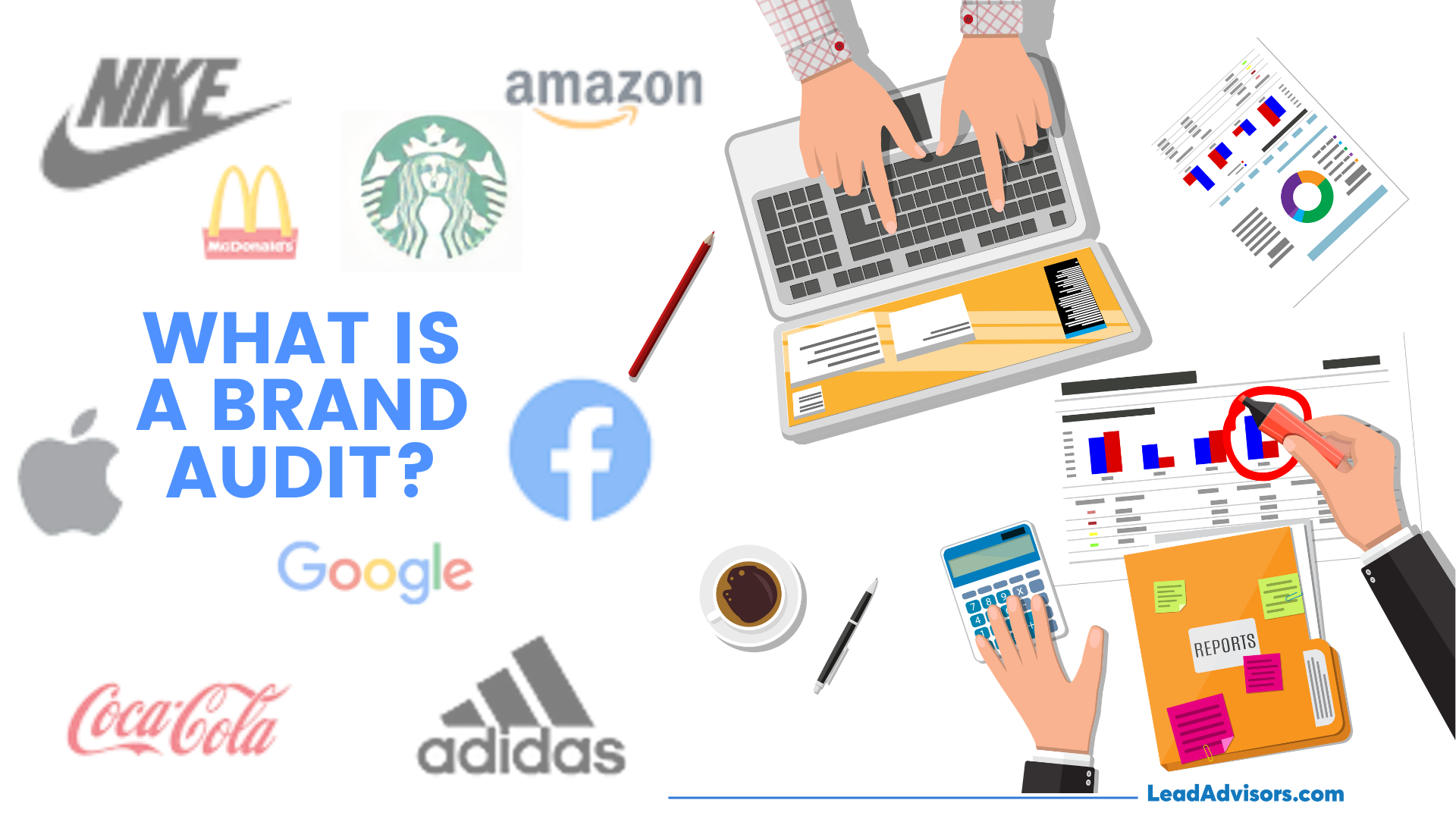
So, what is a brand audit? Think of it as a check-up for your brand. It reviews your visuals, voice, brand values, social presence, how your target market perceives you, and even what’s taking place among your team. The goal? Figure out what’s working, what’s not working, and what should be different.
Why do I need a brand audit, you ask? It points out things that work and things that don’t, and it shows how much your brand identity and consistency add up across channels. You will also take away a clearer view of your brand’s performance and how your customers really view you.
Brand Audit vs. Marketing Audit
Many people mix these up. A marketing audit is an examination of performance – both yours and your marketing’s performance – in your marketing campaigns, your marketing materials, and other tactical areas.
But a brand audit takes this a step further. It evaluates your overall image, message, and company culture. It also looks at perception and how well you resonate with the people you serve.
Brand Audit vs. Brand Refresh vs. Rebranding
Aspect | Brand Audit | Brand Refresh | Rebranding |
Purpose | Evaluate current brand performance and perception | Modernize and realign the existing brand | Transform the brand’s identity and strategic direction |
Scope | Diagnostic and analytical | Cosmetic and tactical | Comprehensive and strategic |
Key Actions | – Analyze visual identity- Assess messaging- Review customer perception- Compare competitors | – Update logo, colors, typography- Refine voice/tone- Refresh digital assets | – Rename brand- Redesign logo and visuals- Rewrite mission and vision- Shift positioning |
When to Use | – Periodic health check- After major growth or market changes | – When visuals feel outdated- Audience expectations have evolved | – Major business shift- Mergers/acquisitions- Reputation issues |
Risk Level | Low (information-gathering only) | Moderate (may confuse audience if inconsistently applied) | High (requires clear communication to avoid alienation) |
Impact on Identity | None | Minor updates, same identity | Major overhaul, new identity |
Customer Perception | Insight into how your audience sees your brand | Refreshes perception without changing core recognition | May require re-education or repositioning |
End Result | A report with actionable insights | A polished and updated brand presentation | A new or significantly evolved brand |
Key Benefits of Conducting a Brand Audit

Then why is it necessary for all these to conduct a brand audit? The fact is, it’s one of the smartest moves you can make for your business. And it’s not just about finding faults – it’s about finding opportunities.
1. Spot Your Strengths (and Weak Spots)
A deep-dive brand audit shows you specifically where your brand’s strengths are and where it’s weak. You will assess how your brand assets, brand identity, and brand messaging make you and, importantly, your target audience feel. It’s the gut check, and sometimes, that’s just what the doctor ordered.
2. Boost Your Position and Customer Perception
When done right, a brand audit helps your brand’s position become more competitive in the marketplace. It builds brand equity, which is really just a fancy way of saying people trust you, recognize you, and trust you more than your competitors’ brands. It is also a giant leap forward regarding an effective brand strategy.
3. Improve ROI and Customer Loyalty
When you integrate your brand strategy with customer feedback, perception, and sales data, you’re not only making your brand look better – you’re making it work better. A brand that is properly aligned results in better customer loyalty and marketing efforts.
When you connect your brand strategy with customer feedback, perception, and sales data, you’re not only making your brand look good – you’re making it a more effective tool for building your business. This is a win-win since a good brand is a magnet for stronger customer loyalty and marketing efforts.
4. Stay Ahead of Trouble
Brands evolve, and if you aren’t watching yours, it can change, and not in a good way. That slow descent into irrelevance can be averted with regular brand audits. Staying consistent in how your brand message and related support mechanisms must pivot – informed by smart online reputation management practices – will make it easier to ensure your organization is prepared for a potential crisis.
Real-World Example: Domino’s Glow-Up
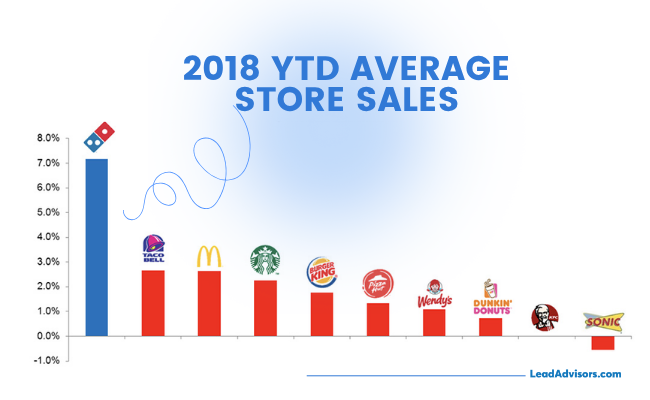
You know, when Domino’s was finally willing to admit that they hadn’t really been knocking it out of the park, pizza-wise? That was a bold move, and it all started with a highly comprehensive brand audit. They listened and digested customer feedback analysis to their needs, took ownership of their problems, and rebranded with new recipes, honest marketing campaigns, and stronger media coverage strategies to reposition themselves in the market.
The result? A brand refresh that set things right and brought in a new group of customers.
Brand Audit Strategy and Framework
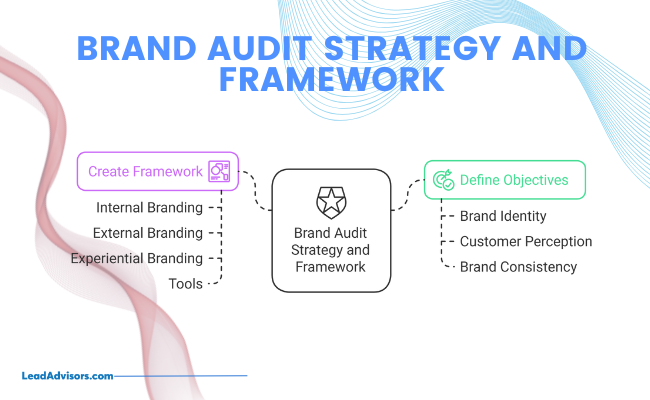
Now that I’ve explained why a brand audit is important, it’s time to discuss how. You have to roll up your sleeves and begin to make sense of your brand’s current state. Never fear – it looks a lot scarier than it is.
Step 1: Define Your Brand Audit Objectives
First, ask yourself: What am I trying to learn from this audit?
Your goals could include things such as brand identity, how you come across to consumers, or how you can maintain brand consistency across touchpoints. Perhaps you also want to know whether your social media presence reflects the brand values. Or are you trying to enhance your content marketing customer experience and see how your brand strategy complements your objectives?
Whatever it is, it should relate to your overall business strategy. Your brand audit should be part of your overall business strategy. The more precise and focused your audit objectives are, the more valuable insights you will be able to unearth.
Step 2: Create a Brand Audit Framework
Next up – build your roadmap. A brand audit checklist is super helpful here. You’ll want to cover:
- Internal branding (like company culture, mission, tone of voice)
- External branding (logo, colors, messaging, website, social media)
- Experiential branding (how your audience experiences your brand in real life or online)
Some tools to help you out:
Tool | What It Helps With |
SWOT Analysis | Identifies your brand’s strengths, weaknesses, opportunities, and threats |
Customer Surveys & Polls | Gathers honest feedback directly from your audience |
Analytics Tools | Tracks performance across your website, social media, and sales data |
Social Listening Tools | Monitors real-time customer perception and brand sentiment |
It is possible to use a brand audit template or worksheet to help you keep things organized as well. It can include fields like:
- Target channels
- Key messages
- Brand assets in use
- Notes on tone, visuals, and the brand’s performance across platforms
This framework will keep you grounded and prevent you from overlooking something crucial when it comes time to perform a brand audit.
Internal Brand Audit
Your brand is not just what the public sees, but also something that lives inside your company. If your internal team isn’t in agreement, it’s only a matter of time before the wheels start falling off on the outside, too. That’s why this portion of your brand audit centers inward.
Step 3: Clarify Mission, Vision, and Values
Let’s start at the core. Return to your brand’s Mission, Vision, and Values. Are they still relevant? Perhaps more importantly, do your employees even know what they are?
This is where employee interviews or simple internal surveys can come in handy. If you and your team don’t feel connected to the brand’s roots, your internal branding might be lacking. Deep internal clarity protects you from the noise and is what makes for a more consistent customer experience, and your people walking the talk.
Step 4: Assess Internal Culture and Brand Alignment
Next, consider your company culture. Is it healthy? Are your employees aligned with the brand? To gain insight, you can use tools such as eNPS (employee Net Promoter Score), team feedback, or perhaps internal focus groups.
Ask questions like:
- Do our people believe in what we stand for?
- Do our daily practices reflect our company’s values?
- Is there a clear link between our internal and external branding?
A successful brand audit here does wonders for your brand, making this a place where your team feels connected, inspired, and invested in your mission.
External Brand Audit
Now that we’ve focused inward, let’s examine how your brand presents itself to the world. Your external branding is the one that most people encounter first, so let’s make sure it’s compatible with the real you.
Step 5: Audit Visual Identity
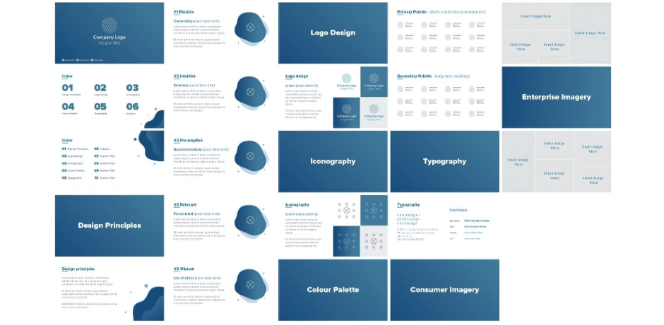
Start by examining your brand elements – your logo, fonts, colours, and overall design style. Look at it from this angle: Does it appear consistent visually on every channel? B) Does it match your brand’s personality?
If your website or email newsletters look nothing like your Instagram, that’s a red flag. A consistent visual identity is good for brand visibility and trust with your target audience.
Step 6: Audit Verbal Identity and Messaging
But first, dig into your brand messaging. Your tone of voice, taglines, product descriptions, and social media captions should resonate.
Does your voice on Instagram sound fun and playful but stiff and formal on your website? If it does, your brand consistency has some room for improvement. Think about how you talk in email marketing, blogs, and all other communication moments. What you seek is an unmistakable, consistent tone that is in harmony with your brand’s core values.
Step 7: Evaluate Website Performance and SEO
Your website is where your brand lives, so what does that look like nowadays?
Rely on resources such as Google Analytics, Search Console, and SEMrush to monitor traffic sources, bounce rate, and keyword positions. This should help provide you with a little more context about your brand’s performance and whether your brand strategy facilitates visibility and engagement.
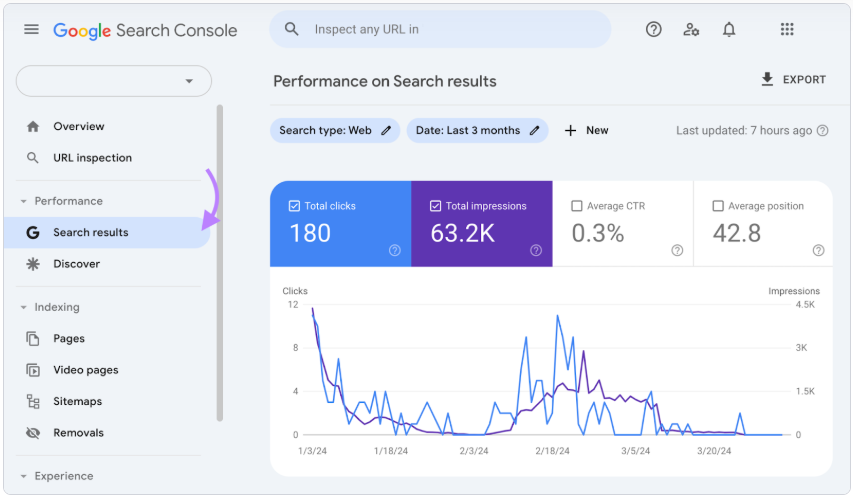
You can even integrate this with website analytics to identify bottlenecks and determine what is attracting – or repelling – your target customers.
Step 8: Assess Social Media and Online Sentiment
Those pretty picture posts you make on your social media presence are more than just pretty pictures. You need to consider engagement, audience demographics, and how people feel about engaging with your brand.

Dig into your social media analytics, and even conduct some social listening using resources like Brand24, Mention, or Hootsuite. This can help you gauge your customer perception, monitor trends, and identify top influencers who are already championing you.
Also, make sure to review your social media data accounts as a whole – are they current, on-brand, and active? A successful brand audit allows you to focus your voice and reach more of the people who matter.
Customer Experience Audit
Do you want to know how your brand really feels to people? Ask your customers. The only thing you need to do here is go from start to finish, and this section of your brand audit is all about understanding things from their point of view.
Step 9: Map the Customer Journey
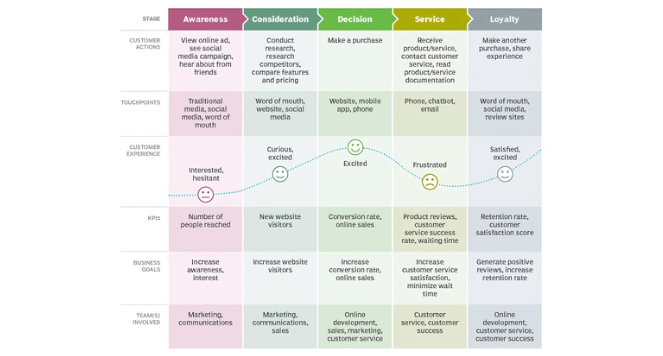
Walk through each step of the journey: how people become aware of you, how they engage with your brand, how they make a purchase, and how you support them afterward. Review every touchpoint – your ads, site, emails, and service.
Are things all smooth and uniform? Or are there bumps in the road where your brand seems off? Here’s your opportunity to identify and eliminate those friction points that quietly send people packing.
Step 10: Gather Real Feedback
Now it’s time to listen. Conduct surveys, polls, reviews, or brief interviews to learn how customers feel. Ask simple questions like:
- What do you love about us?
- What could we improve?
You can also monitor Net Promoter Score (NPS) or CSAT to determine satisfaction. Also, don’t read just the numbers; check out the tone and wording. If their answers don’t align with your brand voice, there may be an issue.
This part of your brand audit will empower you to create better experiences and deeper relationships. And the best part? You’re building your brand based on what customers say, not guessing.
Competitor and Market Analysis

A brand audit is not only about navel-gazing. You also need to zoom out and understand where you stand in your space – who you’re up against, who you’re serving, and how the landscape is changing around you.
Step 11: Run a Competitive Brand Audit
First, get clear on who your competitors actually are. That includes:
- Direct competitors (offering the same thing to the same people)
- Indirect competitors (solving the same problem differently)
- Stretch competitors (brands that might not seem like a threat now, but could be)
Next, consider their branding. How do they situate themselves? What’s their messaging like? Do they have sharp, cohesive (or anarchic) visuals, or no visuals at all?
SWOT (Strengths, Weaknesses, Opportunities, Threats) and PEST (Political, Economic, Social, Technological) analysis can help break this down. You don’t want to become a copycat – you want to figure out what’s working (and what’s not) and how you can stand out.
Step 12: Understand Your Target Market and Audience
Instead, you need to start thinking about the people you’re really trying to reach. Revisit your audience segments – consider demographics, buying habits, motivators, and even where they live or spend time online.
Are there any trends developing in your space? Is your audience the same as it was when you last checked?
Take this information and begin updating or creating buyer personas that feel real, not just a generic grouping. We also need the means to identify subgroups of consumers based on their behavior: Think “Chris, 34, technically savvy, seeking convenience and transparency” rather than simply “millennial consumer.”
This step is included in a solid brand audit because your brand isn’t designed for everyone. It’s for the right people, and understanding who your people are helps keep your messaging sharp, relevant, and real.
Synthesize Findings and Strategize.
You’ve socked the digging – now it’s time to make sense of it all. This is where your brand audit becomes their game plan.
Step 13: Review the Big Picture
Begin by taking a step back and seeing the patterns. What stood out? What felt out of balance? Maybe your brand’s voice really shines through on social media, but it has a hard time coming through on your website. Or perhaps your customer experience is aces, but your visuals feel a bit dusty.
Highlight the big takeaways:
- Any brand inconsistencies?
- Gaps between how you think you’re perceived vs. how you actually are?
- Hidden opportunities you hadn’t noticed before?
This will provide you with a clear snapshot of where your brand is now – and where it needs to be.
Step 14: Turn Insights into Strategy
Now, it’s on to the good part: doing. Distil your insight into concrete, actionable recommendations. What changes can I make that will have the most effect for the least effort? Start there.
You might want to:
- Refresh brand visuals
- Align your messaging across channels.
- Improve employee training on brand values.
- Launch a customer feedback loop.
Prioritise your list and think about how you can tailor insights to different teams – the C-suite, marketing, product, and maybe even support. Both teams can add to the brand experience, but they will require different takeaways.
Step 15: Make It Happen (Without Burning Out)
A plan is only good if you can execute it. Chunk your strategy out into bite-sized steps with a clear owner, realistic deadlines, and the simplest KPIs. Who’s responsible for what? When does each activity begin and end?
It’s much easier with tools such as Gantt charts, Trello, Asana, or ClickUp. If you prefer an all-in-one productivity hub, consider using a smart planning system like Notion Calendar to keep timelines visible and tasks on track.
At the end of this step, your brand audit won’t be just a report or findings – it will be a plan you are eager to execute.
Monitor, Optimize, and Iterate
Your brand audit should not be a one-time occasion. Perhaps a brand has changed, and your strategy needs to adjust accordingly.
Step 16: Track Progress and Stay Consistent
And as your action plan gets rolling, watch what happens. Leverage analytics, customer feedback, and brand sentiment tools to track your progress.
Establish clear benchmarks, then check in on progress frequently. Are you trying to get more customers to like you? Is engagement climbing? Is there more alignment among internal teams?
Log them in for mini-audits once or twice a year to catch any new problems early. The audits needn’t be huge – just sufficient to keep them sharp and consistent.
Always compare your current position to your starting point. That way, you will know your brand is moving in the right direction.
Frequently Asked Questions
How often should you do a brand audit?
Who should be involved in a brand audit?
What’s the difference between a brand audit and a brand strategy?
Can small businesses benefit from a brand audit?
How long does it take to complete a brand audit?
Conclusion
A brand audit doesn’t just mean checking off a list – it’s a strategic reset. In a crowded marketplace where everyone is vying for attention, knowing how your brand appears is everything.
So while a good brand audit goes well beyond lipstick and mascara, it can help you get your finger back on the pulse of your people, get sharper with your strategy, and be as proactive as possible with trends and shifts in the market. But the thing is, it’s in the doing that the value manifests. Insights are nice, but it’s what you do with them that builds your brand for the long term.
So don’t think of your audit as a one-off project. Make it a practice, make it strategic, and use it to build a brand that gets noticed and, more importantly, remembered.






